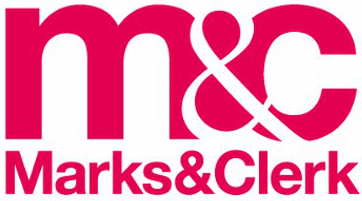Julie Canet: One too many Pink Ladies

Julie Canet
For me, “Pink Lady” will always refer to one of Rizzo, Marty, Frenchy or Jan – together with their pink jackets and crazy wigs. What might come to mind for most, though, are the renowned Pink Lady Apples.
The Australian company Apple and Pear Australia Limited, responsible for the management of the Pink Lady brand, recently confronted Stirling Distillery over their application for a new trademark.
The Scottish distillery had filed a UK trademark application for a label mark comprising the word element “Pink Lady Gin” in Class 33 for “Gin; liqueurs”. The Pink Lady Gin was intended to be a new addition to the distillery’s “Folklore Collection”, a range inspired by Stirling’s mythology.
Previous characters from the collection include the Red Cap, a murderous goblin who inhabits ruined castles and soaks his cap in the blood of his victims; and the Green Lady, the ghost of a lady in waiting to Mary Queen of Scots who perished in a fire inside Stirling Castle.
As for the Pink Lady, she is the wandering spirit of a beautiful woman who died shortly after her beloved Scots knight perished defending the castle. Her misfortune continues today as the newly released gin lost its “Lady”: the distillery had to rebrand to “Pink Gin”.
How is it that an apple brand can oppose the registration or the use of a similar mark in relation to gin? The principle of speciality means that a trademark’s scope of protection is limited to the specific goods and/or services listed in the registration – or similar thereto. It appears that in addition to covering “apples” in Class 31, the Pink Lady heart logo also covers “cider” in Class 33. It is also possible that the apple brand has acquired a reputation such as to widen the scope of protection of the trademark, beyond the listed goods.
This highlights the importance of conducting trademark availability searches before filing an application and/or starting to use a new brand. The Pink Lady is not the only one who does not like sharing – better invest in clearing a mark beforehand rather than to incur high costs for rebranding, repackaging, and possibly legal fees.
A trademark attorney will be best placed to advise on any potential risks to the use and/or registration of a mark, both in terms of inherent registrability and third party rights. It is always worth checking that “the one that I want” is the one you can have – before there’s “nothin’ left, nothin’ left for me to do”.

Julie Canet trainee trademark attorney at Marks & Clerk









